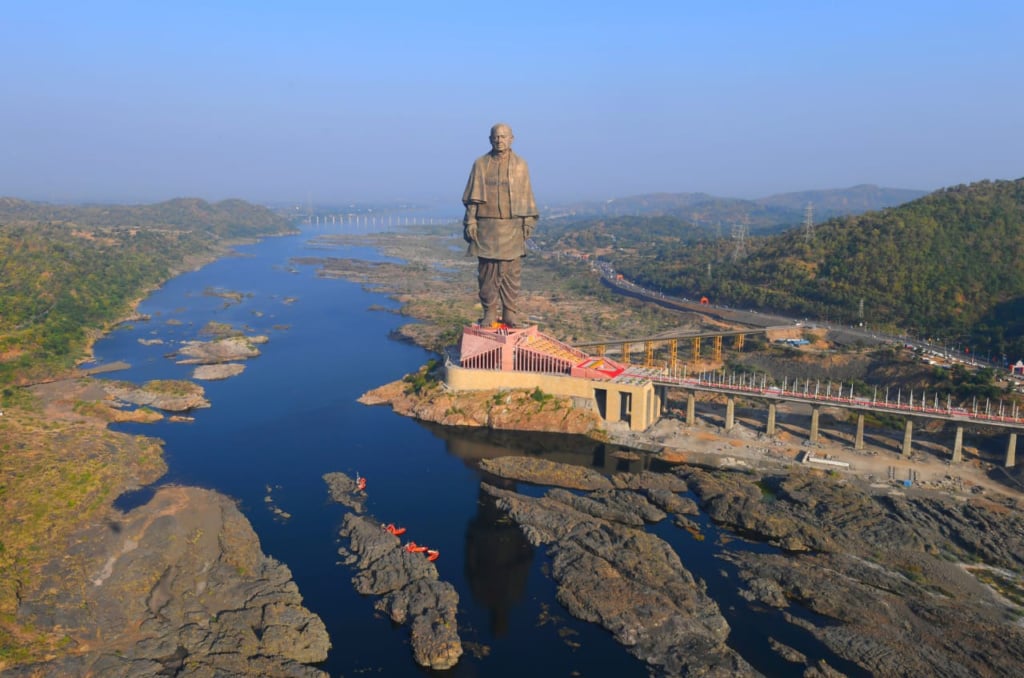
As countries around the world struggle to deal with the fallout of a global pandemic, a particularly outlandish rumor swirled that India is planning a fire sale of its Statue of Unity, the world’s largest sculpture, to fund its fight against the novel coronavirus.
But don’t get your hopes up: the listing posted to the online marketplace OLX offering the nearly 600-foot-tall monument for $4 billion was, in fact, a fake. (That price that would have shattered the $450 million record infamously set by Leonardo da Vinci’s Salvator Mundi, heretofore the world’s priciest work—though to be fair, the buyer would have gotten substantially more for their buck.)
Screenshots of the ad posted online show images of the colossal artwork with the text: “Emergency! Selling Statue of Unity because of urgent money required for Hospitals and healthcare equipments.”
The posting was possibly satire, given that the Statue of Unity has come under fire for its cost. Nevertheless, Indian authorities, who are trying to crack down on the spread of fake information during the pandemic, have filed a “cheating and forgery case” against the individual responsible, according to the International Business Times.
There’s no indication of whether or not the listing for the work attracted any interest from well-heeled collectors looking for the ultimate trophy. (Nothing says, “I have disposable income” like “I bought the world’s biggest statue, located on a remote river in India inaccessible by public transportation.”)
Indian construction workers are seen at the plinth structure for the Statue of Unity, the world’s tallest statue, dedicated to Indian independence leader Sardar Vallabhbhai Patel. Photo by Sam Panthaky/AFP/Getty Images.
The immense bronze statue, by Indian sculptor Ram V. Sutar, was unveiled in the state of Gujarat in 2018. It depicts Sardar Vallabhbhai Patel, the country’s first deputy prime minister, who helped unite India after Partition in 1947.
Despite impressive scale of the statue, the con artist trying to sell it also overestimated its value by a full order of magnitude. The monument cost just 29.9 billion rupees ($430 million) to erect—a process that took four years, and involved 7,416,080 cubic feet of cement, 25,000 tons of steel, and 1,700 tons of bronze.